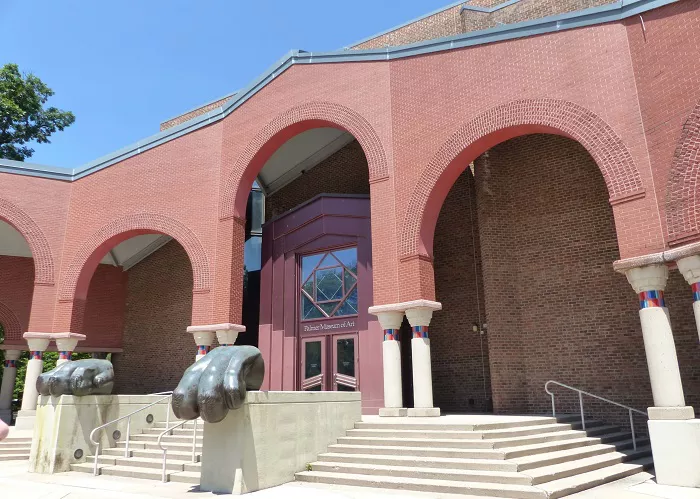The Palmer Museum of Art at Penn State University has unveiled a special exhibition, Washi Transformed: New Expressions in Japanese Paper, showcasing the rich tradition and contemporary reinvention of Japanese handmade paper, or washi. Opening on June 7, the exhibit presents paper not merely as a common material but as a vibrant medium for artistic exploration through textured two-dimensional works, sculptural forms, and immersive installations.
For over a millennium, Japan has been renowned for producing some of the world’s finest paper using durable natural fibers and meticulous craft techniques passed down through generations. Originally created to support writing, washi quickly evolved to serve diverse artistic purposes. Patrick McGrady, Charles V. Hallman Senior Curator at the Palmer Museum, notes that the exhibition’s nine featured artists embody a broad spectrum of contemporary approaches that reflect washi’s 1,500-year legacy.
Still handcrafted in select Japanese regions, washi continues to be employed in traditional arts such as painting, calligraphy, and origami. However, modern Japanese artists have expanded its use, employing layering, weaving, dyeing, twisting, folding, and cutting techniques to unlock new creative possibilities. Eva Thornton, chief preparator at the Palmer, emphasizes that the exhibition challenges the conventional perception of paper as a flat, two-dimensional medium by revealing its sculptural potential and fiber strength. She observes, “Its composition can be so substantial in one moment that it resembles stone, yet when molded into a fine skin, light can pass through it.”
The artists featured—Hina Aoyama, Eriko Horiki, Kyoko Ibe, Yoshio Ikezaki, Kakuko Ishii, Yuko Kimura, Yuko Nishimura, Takaaki Tanaka, and Ayomi Yoshida—push the boundaries of washi art in texture, scale, and form. Their nature-inspired creations evoke webs, sea creatures, and starbursts, underscoring the medium’s resilience and versatility even after centuries.
Joyce Robinson, interim director of the Palmer Museum, highlights the exhibition’s broad appeal, stating, “This exhibition has a little something for everyone, whether you’re an art lover, nature lover or simply someone who appreciates beautifully crafted objects.” Complementing the exhibit, visitors are encouraged to explore the Arboretum’s H.O. Smith Botanic Gardens to learn about the plants traditionally used in washi production, deepening the connection between the artworks and their natural origins.
Washi Transformed will remain on view through July 27 before traveling to the Kalamazoo Institute of Arts in Michigan (Oct. 4, 2025 – Jan. 11, 2026) and the Maui Arts & Cultural Center in Hawaii (Feb. 26 – May 26, 2026). The exhibition was organized by Meher McArthur, an expert curator and historian of Japanese art, and is toured by International Arts & Artists, Washington, D.C. The Palmer Museum’s presentation was overseen by McGrady and supported by the museum’s Sandstone Members. A 96-page companion book published by International Arts & Artists and Scala Arts Publishers accompanies the exhibition.
Additional public programs related to the exhibition include hands-on paper art workshops, curator-led talks, artist presentations, and family-friendly activities such as the Rock, Paper, Scissors Community Day on June 21 and various tours and lectures through July.
The Palmer Museum of Art, the largest academic art museum in Pennsylvania, continues to serve as a cultural hub on Penn State’s University Park campus. Its commitment to education and community engagement is reflected in its diverse exhibitions and programs, including this innovative exploration of washi’s enduring cultural and artistic significance.


